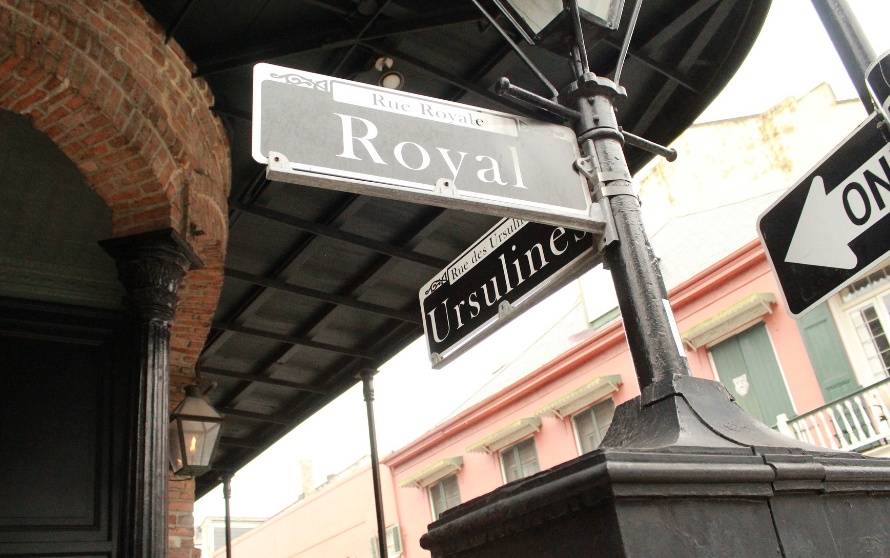
Be Careful, Don’t Ignore Contractor Licensing Requirements – Your Lien Rights May Depend on It
Don’t ignore contractor licensing requirements; your mechanic’s lien rights may depend on it. Sounds a bit like a public service announcement, right? Well, it should. Don’t let the mistakes of other contractors be in vain — this week we shared two articles about neglecting licensing requirements and the consequences it brings.
Do Not Pass “Go” You Out-of-State, Unlicensed Contractor
In this article, author Matthew Devries reviewed a North Dakota Court of Appeals case. The contractor, with a principal place of business in Washington, provided labor and materials to a project in North Dakota. The contractor began furnishing to the North Dakota project in December 2011, but didn’t obtain a license for the state of North Dakota until February 2012.
In 2012, the contractor was paid for furnishings provided through February 1st, then received a portion of its claim for furnishings between February 2nd and March 15th, and received no payment for furnishings from March 16th through November 30th. Because the contractor remained unpaid, it filed a mechanic’s lien. The owner argued the contractor’s lien was invalid because the contractor didn’t meet the proper licensing requirements at the time it entered into the contract.
Per Devries, “On appeal, the owner argued that North Dakota Code requires a contractor be licensed at the time of contract formation or commencement of work under the contract to maintain a claim or action related to the work performed under the contract. Because the contractor did not obtain a license until after it had entered into the contract with the owner and started working on the project, the owner claimed that the contractor (was) barred from bringing any claim.”
Ultimately, the contractor was able to recover its claim, with the exception of furnishings provided during the period when it was not properly licensed (it received its license February 6th). But, why risk it? Ensure you are meeting licensing requirements BEFORE furnishing!
Contractor Licensing Requirements: Ignore at Your Peril
Author, Amandeep Kahlon, reviewed a Georgia Court of Appeals case, Baja Properties, LLC v. Mattera. The property owner hired the contractor for the construction of the owner’s residence. The contractor began construction, but not long after, the owner terminated the contract. When the contractor filed a lien (among several other issues in this case), the owner argued the contractor’s lien was unenforceable because the contractor was not licensed.
It’s true, the contractor was not licensed at the time of the contract and did not obtain a license during the actual construction. Georgia is a no-nonsense state: no license, no lien rights. Per the court opinion “OCGA § 43-41-17 (a) provides, in pertinent part, that no person shall have the right to engage in the business of residential or general contracting without a current valid contractor license.”
Although this case is “unremarkable in its result,” it’s Kahlon’s recommendations that struck a chord with me:
“Securing contractor licenses can take time, and requirements vary across states. So, pay attention early on when determining whether to pursue work in a new state or with a subcontractor with which you don’t have prior experience. You may not be able to remedy any licensing deficiency post-contract execution or even post-submission of a bid, so you want to make sure any potential issues are known and dealt with well before then. Additionally, most states allow you to check a party’s licensing status online, so you can verify quickly whether a particular subcontractor is appropriately licensed before soliciting a proposal from them.”
Perhaps it’s my propensity for the proactive approach, but I think this is excellent parting advice from Kahlon: “A proactive and conscientious approach to licensing on the front end of any project will help you preserve your bargained-for contract rights and avoid substantial penalties or other damages later on.”








